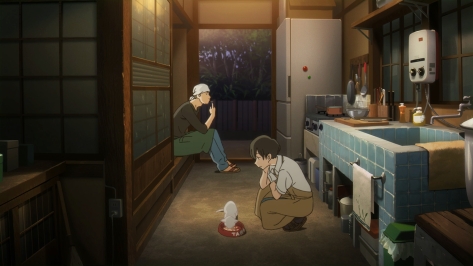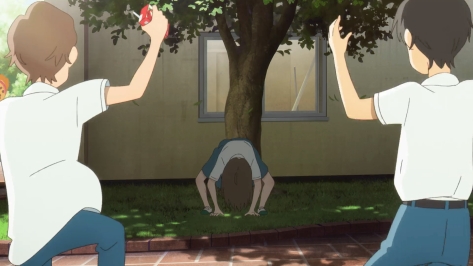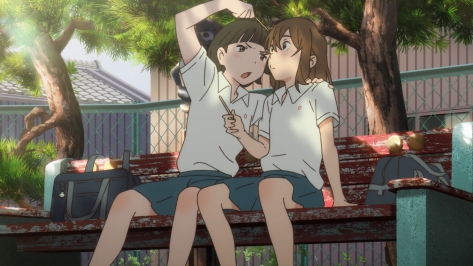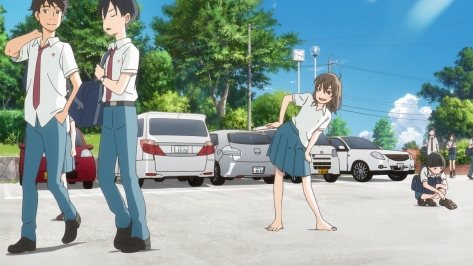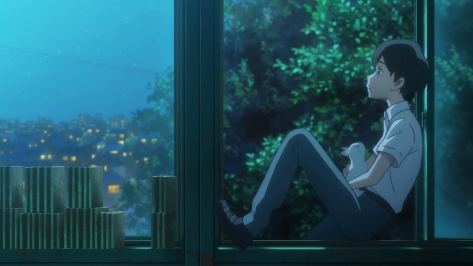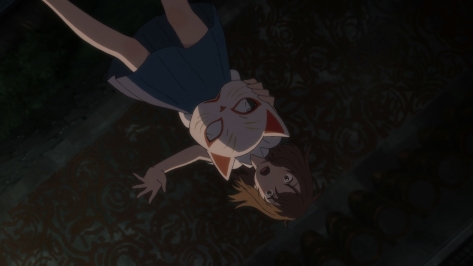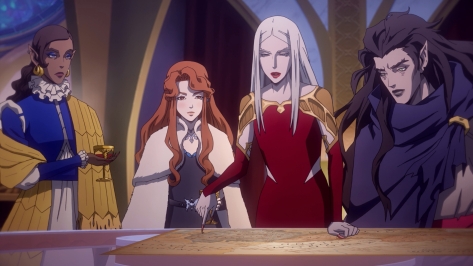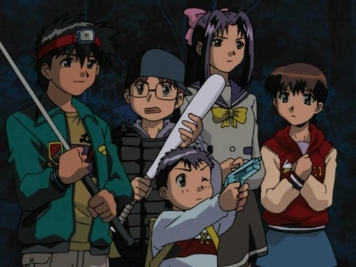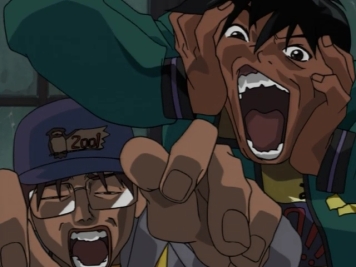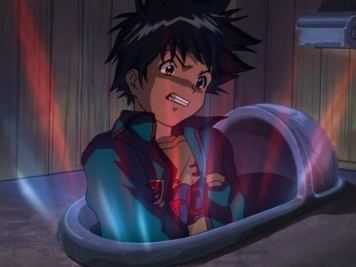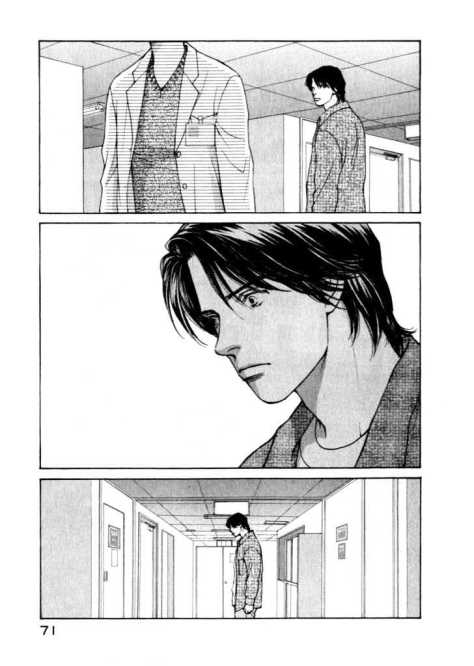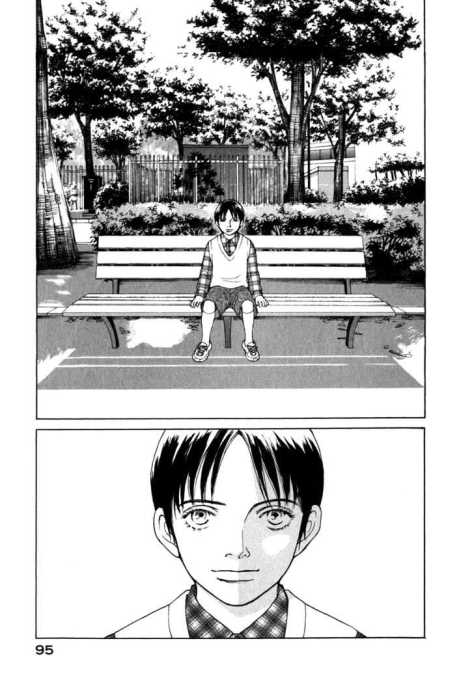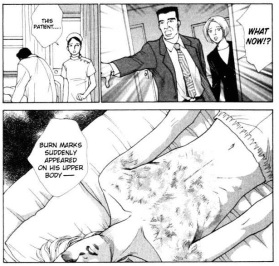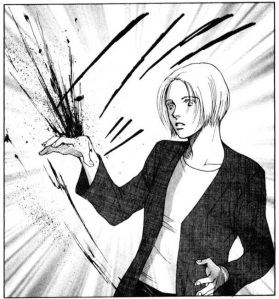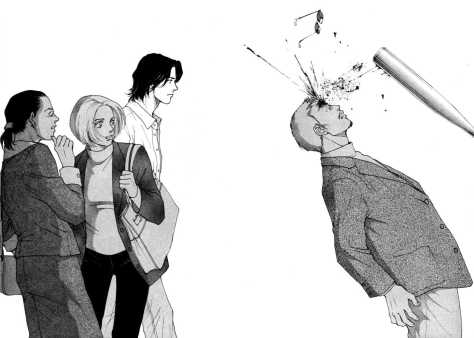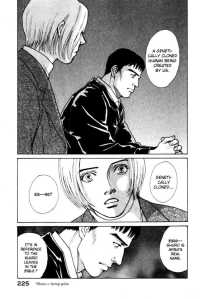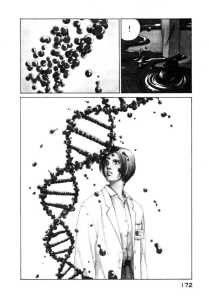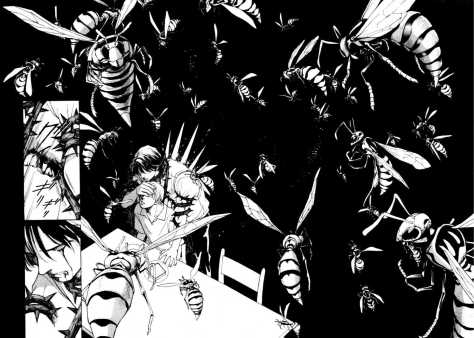Japanese Title: Nakitai Watashi wa Neko wo Kaburu
Similar: The Cat Returns
Watched in: Japanese
Genre: Supernatural Comedy Drama Romance
Length: 1 hr. 44 min. movie
Positives:
- The girl’s cat-like behaviour
- The cats
- Animation is brilliant
Negatives:
- The boy is bland
- Romance doesn’t really work
(Request an anime for review here.)
Miyo is a girl in love. A little too much in love if you ask most people. Her target is Kento, a quiet boy who keeps his troubles to himself. She comes from a disjointed family with an overbearing mother – in Miyo’s view – and a weak father. Instead, this energetic girl throws all attention into drawing the eye of her crush. Nothing works. Opportunity arises when a fat cat sells her a mask that transforms her into a cute little cat, after which she uses her newfound form to visit Kento in disguise. He takes the cat in and calls her Taro.
The girl, I like, particularly the way they animated her. The animators managed to convey how a human would move if inhabited by the spirit of a cat. In one scene, she hears two boys at school making fun of Kento, so she jumps off a walkway, crashes through the branches of a tree, and lands before them like a wild cat. Perfect embodiment of the character. She’s so full of energy and life.
However! She doesn’t quite work in this story. Or is it that the story doesn’t work around her? If I didn’t know A Whisker Away was a children’s film, I would have expected a completely different direction around the halfway mark. Miyo is obsessed with this guy, performs crazy gestures to get his attention and show what he means to her. Unfortunately, there isn’t much of a foundation to the supposed relationship between these two. She comes across as…creepy isn’t the right word – more like crazy. I know this is a children’s film all in good fun, but it doesn’t mesh well. It needed a “before” segment, where we see something that justifies her fanatical behaviour. Perhaps they used to be close friends (and we see this) and she’s trying to break him from depression, or there’s some sort of magic that wiped her from his memory and she can’t tell him about it, but the curse never said anything about making him fall for her all over again. You know, something. The tiny glimpses we receive aren’t enough. At all.
In a more dramatic film, her behaviour would be set up for a confrontation about her one-sided obsession and end in a broken heart. In an adult horror film, she’d pull out a knife. No, wait! Brass knuckles with claws on them that leave scratch marks like a cat. The final twist would be that she was never cat – it was all in her head! Someone get on this film, stat!
Anyway, where was I.
Ah yes, the other piece that doesn’t fit the Whisker Away puzzle is Kento. He’s as bland as a grey cement wall. Feels like she wants to host a pity party for him, not show affection, at times. This is where that before segment would have helped as well. It could setup a personality for him before he breaks and she has to pull him back together again. Furthermore, when he does finally pay attention to her after the real price for the cat transformation is revealed, he changes in a flash to help her, presumably falling in love at the same time. There needs to be more to sell his change. As is, he’s a dull character who feels largely unimportant until the final act. Honestly, I wouldn’t have been surprised if the story had twisted away from him to become a self-discovery tale for Miyo. I half expected it.
A Whisker Away isn’t as good a Mari Okada’s other work (she wrote this one) I recently reviewed, Maquia: When the Promised Flower Blooms (wrote and directed). I recommend that film before this. A Whisker Away is still alright though – Miyo cat is adorable. I like all the cat stuff. And it is a pretty film.
Overall Quality – Medium
Recommendation: For anyone in need of an easy time. A Whisker Away is an overly simple anime film. However, this doesn’t mean it isn’t enjoyable.
(Request reviews here. Find out more about the rating system here.)
Awards: (hover over each award to see descriptions; click award for more recipients)
Positive:
Negative: None

